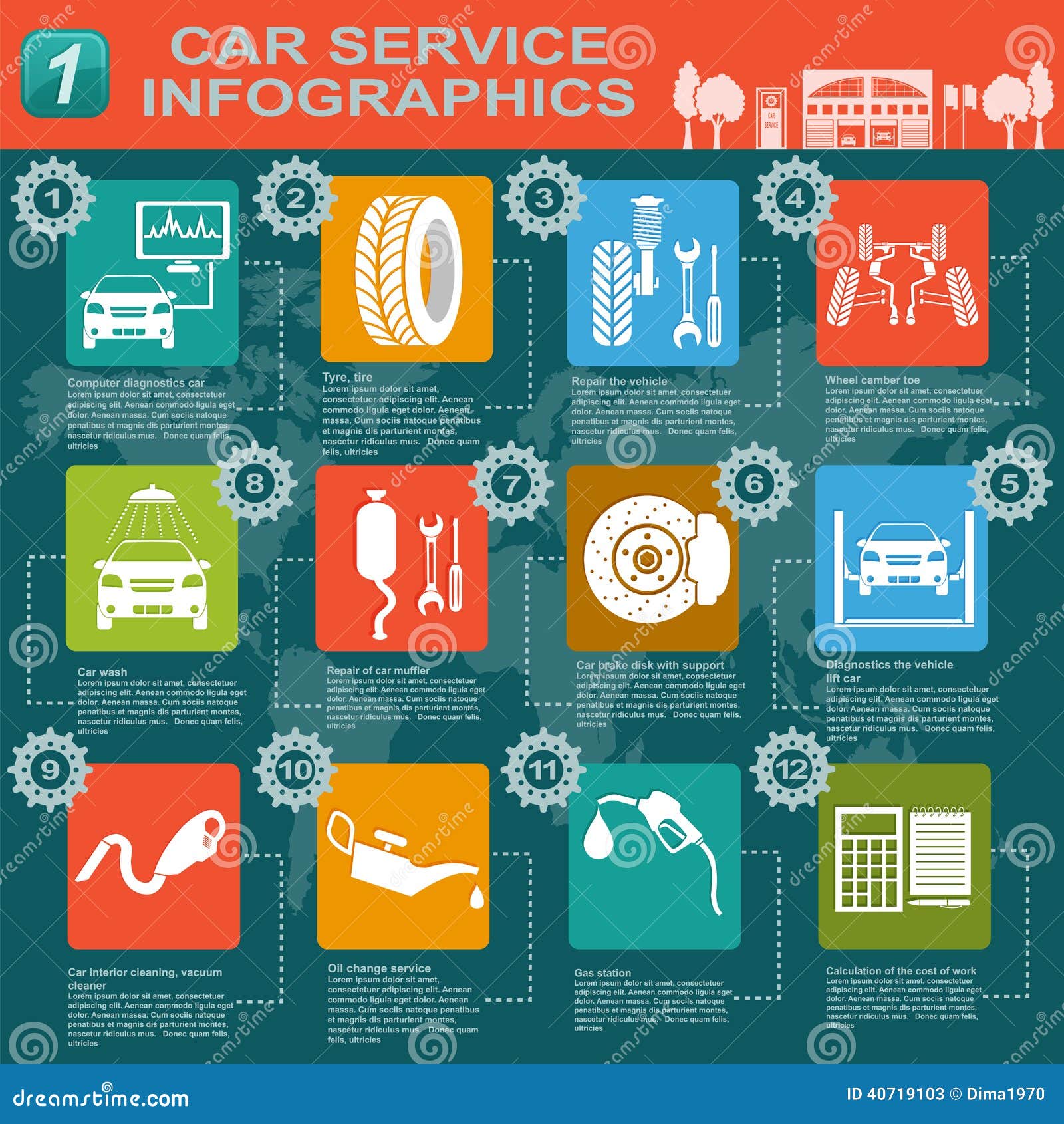Interested In Comprehending The Caution Lights On Your Cars And Truck'S Control Panel? Discover Their Significance For Your Automobile'S Safety And Total Problem
Interested In Comprehending The Caution Lights On Your Cars And Truck'S Control Panel? Discover Their Significance For Your Automobile'S Safety And Total Problem
Blog Article
Content By-Lauritsen Shepherd
When you're behind the wheel, those beautiful caution lights on your control panel can be a little bit complicated. Do you recognize what they're attempting to inform you concerning your vehicle's health? Recognizing the relevance of these lights is important for your safety and the longevity of your automobile. So, the following time one of those lights turns up, would not you intend to decode its message accurately and take the essential actions to address it?
Common Warning Lights and Interpretations
Determine common caution lights in your car and understand their meanings to make sure risk-free driving.
One of the most regular warning lights consist of the check engine light, which indicates issues with the engine or exhausts system. If cars detailing comes on, it's vital to have your automobile inspected promptly.
The oil pressure alerting light suggests low oil stress, calling for prompt attention to stop engine damage.
A flashing battery light could recommend a faulty billing system, possibly leaving you stranded if not resolved.
The tire stress monitoring system (TPMS) light informs you to low tire pressure, affecting car security and gas effectiveness. Ignoring this can lead to harmful driving conditions.
The abdominal muscle light indicates an issue with the anti-lock braking system, compromising your ability to quit swiftly in emergencies.
Finally, the coolant temperature advising light warns of engine getting too hot, which can cause serious damage if not resolved quickly.
Understanding these common caution lights will help you resolve problems promptly and maintain safe driving problems.
Value of Prompt Attention
Comprehending the usual warning lights in your cars and truck is only the very first step; the relevance of promptly attending to these warnings can't be emphasized sufficient to ensure your safety on the road.
When a caution light brightens on your dashboard, it's your auto's way of interacting a potential issue that requires attention. Ignoring these cautions can result in extra severe troubles down the road, endangering your safety and possibly costing you extra out of commission.
Motivate interest to cautioning lights can protect against failures and accidents. As an example, a flashing check engine light can indicate a misfire that, if left neglected, can cause damages to the catalytic converter. Resolving https://www.chase.com/personal/auto/education/buying/tips-for-buying-a-used-car can save you from a pricey fixing.
Similarly, a brake system alerting light might signify reduced brake liquid or used brake pads, essential components for your security when driving.
DIY Troubleshooting Tips
If you observe a caution light on your control panel, there are a couple of do it yourself fixing suggestions you can attempt before looking for professional assistance.
The initial step is to consult your auto's manual to understand what the specific warning light suggests. Sometimes the problem can be as simple as a loosened gas cap causing the check engine light. Tightening the gas cap may resolve the problem.
Another common concern is a reduced battery, which can cause different advising lights. Checking the battery connections for rust and ensuring they're secure could fix the issue.
If a caution light lingers, you can attempt resetting it by detaching the car's battery for a couple of mins and then reconnecting it. In addition, inspecting your car's fluid degrees, such as oil, coolant, and brake liquid, can aid troubleshoot alerting lights related to these systems.
Final thought
To conclude, recognizing your car's caution lights is necessary for keeping your automobile running efficiently and safely. By quickly addressing these informs and knowing what they imply, you can stay clear of pricey repairs and prospective failures.
Bear in mind to consult your car's handbook for specific information on each alerting light and do something about it accordingly to make sure a trouble-free driving experience.
Remain notified, stay risk-free when traveling!
